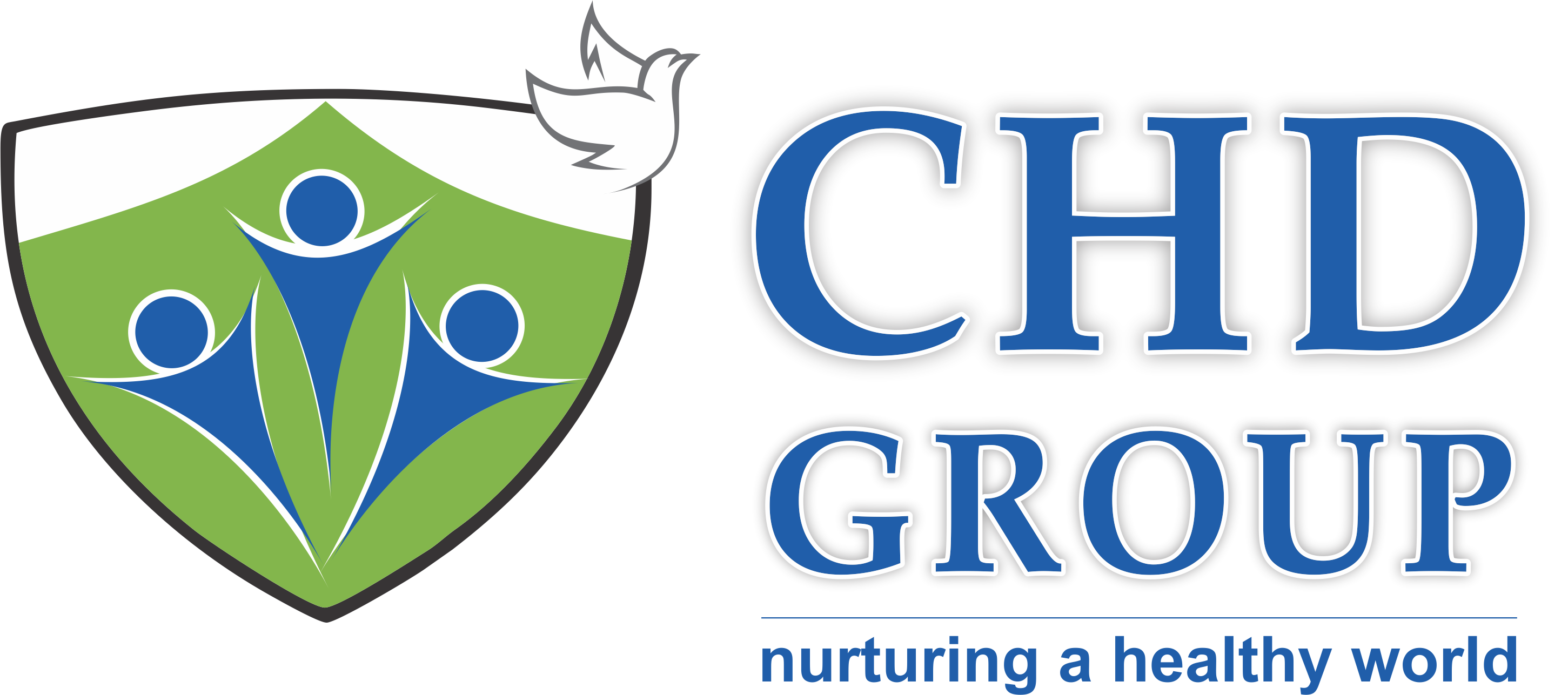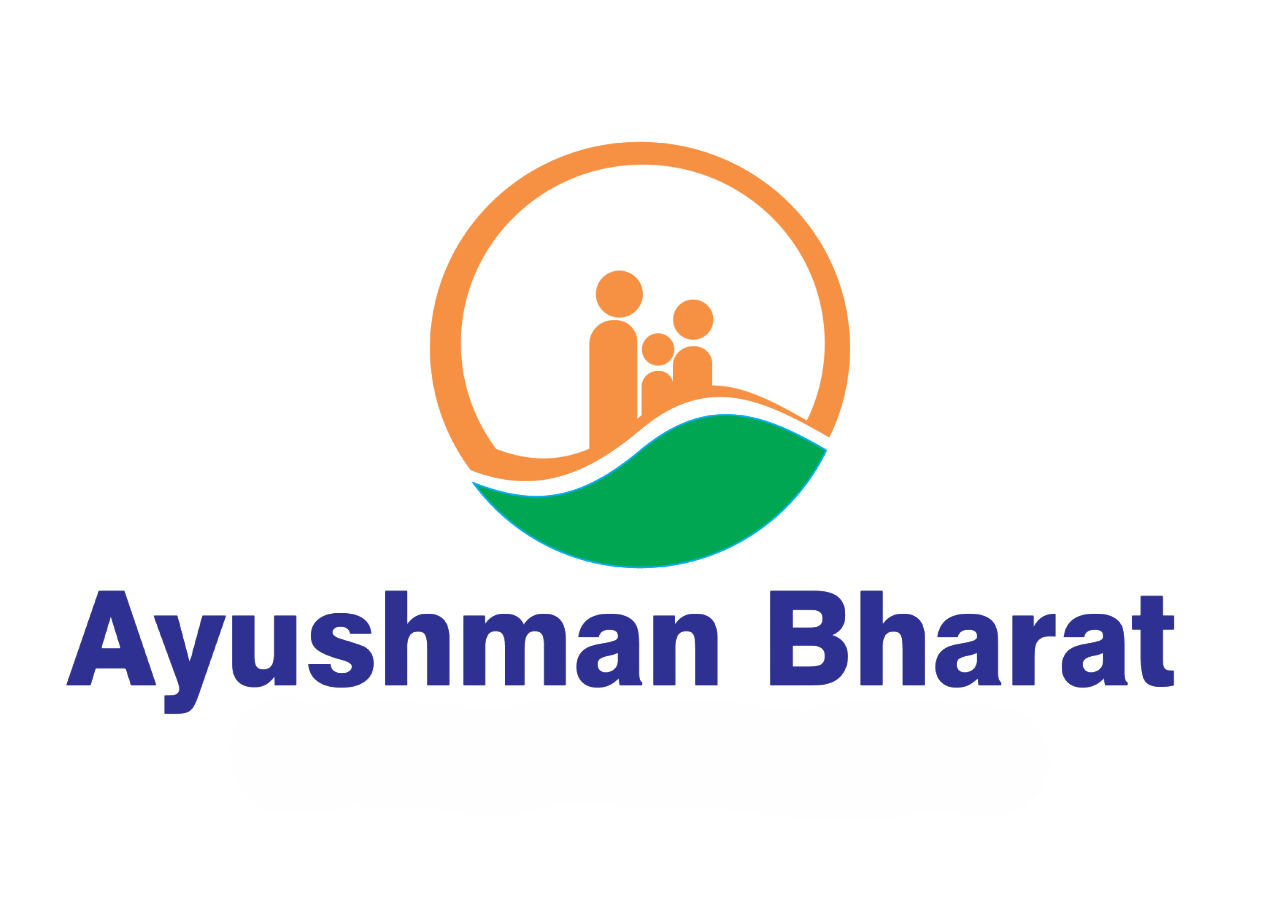Launched in September 2018, the Ayushman Bharat scheme, spearheaded by Prime Minister Narendra Modi, is one of the most ambitious healthcare initiatives globally, aiming to provide universal health coverage (UHC) to India’s 1.4 billion population. Rooted in the National Health Policy of 2017, Ayushman Bharat seeks to shift India’s healthcare system from a fragmented, out-of-pocket expenditure model to a comprehensive, accessible, and equitable framework. Comprising two key components—Health and Wellness Centres (HWCs) and the Pradhan Mantri Jan Arogya Yojana (PM-JAY)—the scheme addresses both preventive and curative care, targeting the bottom 40% of the population while laying the foundation for a healthier nation.
Expanding Access to Healthcare
One of the most profound impacts of Ayushman Bharat is its role in improving access to healthcare, particularly for India’s poorest and most vulnerable populations. PM-JAY, the largest health assurance scheme in the world, provides up to ₹5 lakh per family per year for secondary and tertiary care hospitalization, covering over 12 crore families (approximately 55 crore beneficiaries). This cashless coverage is portable across empanelled public and private hospitals nationwide, enabling beneficiaries to seek treatment without geographical or financial barriers.
The establishment of over 1.77 lakh Ayushman Arogya Mandirs (formerly HWCs) has brought primary healthcare closer to rural and underserved communities. These centres provide comprehensive primary healthcare (CPHC), including maternal and child health services, non-communicable disease management, and free essential drugs and diagnostics. By transforming existing sub-centres and primary health centres, HWCs address the critical gap in primary care access, reducing the burden on higher-level facilities.
Reducing Out-of-Pocket Expenditure
India’s healthcare system has historically relied heavily on out-of-pocket expenditure (OOPE), pushing an estimated 6 crore Indians into poverty annually due to medical costs. Ayushman Bharat has made significant strides in alleviating this burden. By providing cashless hospitalization, PM-JAY has reduced OOPE by 21%, with emergency health loans declining by 8%, allowing families to prioritize health over financial distress. During the COVID-19 pandemic, PM-JAY covered over 160,000 hospitalizations, saving beneficiaries more than ₹1,800 crore, underscoring its role in financial protection during crises. The scheme’s focus on secondary and tertiary care, covering 1,350 medical packages including surgeries, daycare treatments, and diagnostics, ensures that economically vulnerable families can access critical interventions without catastrophic financial consequences. For example, The Lancet reported a 36% increase in early detection and treatment of cancer among PM-JAY beneficiaries, with a 90% improvement in timely treatment (within 30 days of diagnosis) compared to a 30% improvement for non-enrollees. This financial safety net has empowered millions to seek timely medical care, enhancing health outcomes and reducing poverty induced by healthcare costs.
Strengthening Healthcare Infrastructure
Ayushman Bharat has catalyzed a significant overhaul of India’s healthcare infrastructure. The creation of HWCs addresses the grassroots level, while the PM Ayushman Bharat Health Infrastructure Mission, launched in October 2021, aims to bolster facilities at all levels over five years. However, challenges persist, as only 3% of private hospitals meet PM-JAY empanelment criteria, and 71% of empanelled private hospitals have fewer than 25 beds, limiting their capacity for specialized care. Despite these gaps, the scheme has increased patient trust in public hospitals, with improved amenities driving higher footfall.
Digital Health Transformation
The Ayushman Bharat Digital Mission (ABDM), launched in September 2021, has revolutionized healthcare delivery through technology. By creating a unified digital health ecosystem, ABDM integrates health records, facilities, and professionals via a 14-digit Ayushman Bharat Health Account (ABHA) for each citizen. The eSanjeevani telemedicine platform, part of ABDM, has conducted over 100 million teleconsultations, particularly in southern states like Andhra Pradesh and Tamil Nadu, bridging geographical gaps in rural areas.
ABDM’s interoperable platform reduces transaction costs and enhances efficiency by streamlining payments and preventing fraud through AI and machine learning. However, inter-state variations in adoption and uneven uptake of teleconsultations highlight the need for greater awareness and infrastructure development to ensure equitable digital health access.
Addressing Non-Communicable Diseases and Preventive Care
Ayushman Bharat’s focus on preventive care through HWCs addresses the rising burden of non-communicable diseases (NCDs), which account for 5.8 million deaths annually in India. HWCs provide screening and management for NCDs like diabetes and hypertension, reducing hospitalization needs.
Impact During the COVID-19 Pandemic
The COVID-19 pandemic tested Ayushman Bharat’s resilience. While claims for cancer care and child deliveries dropped by 64% and 26% during lockdowns, PM-JAY provided critical financial protection for 160,000 COVID-related hospitalizations. The scheme’s digital infrastructure, including eSanjeevani, facilitated remote consultations, mitigating access barriers. However, the crisis exposed gaps in rural healthcare infrastructure and the scheme’s limited coverage for migrant workers, highlighting the need for broader inclusion and stronger primary care systems.
Future roadmap
To maximize its impact, Ayushman Bharat must address its challenges through increased public investment, stricter regulation of private hospitals, and enhanced awareness campaigns. Expanding primary care coverage, integrating mental health and lifestyle disease management, and ensuring equitable digital health adoption are critical. The National Health Policy’s target of 2.5% GDP allocation for health by 2025 requires accelerated funding to close infrastructure gaps and address workforce shortages. Strengthening state-level adoption and coordination will further unify the scheme’s implementation, advancing India’s UHC goals.
Ayushman Bharat has undeniably transformed Indian healthcare by enhancing access, reducing financial burdens, and modernizing infrastructure and digital health systems. Its impact on early detection, financial protection, and primary care delivery has improved health outcomes for millions, particularly the underprivileged. However, challenges like fraud, uneven adoption, and infrastructure limitations underscore the need for sustained investment and reform. As India progresses toward universal health coverage, Ayushman Bharat remains a cornerstone of this journey, redefining healthcare as a right rather than a privilege for its vast population.

